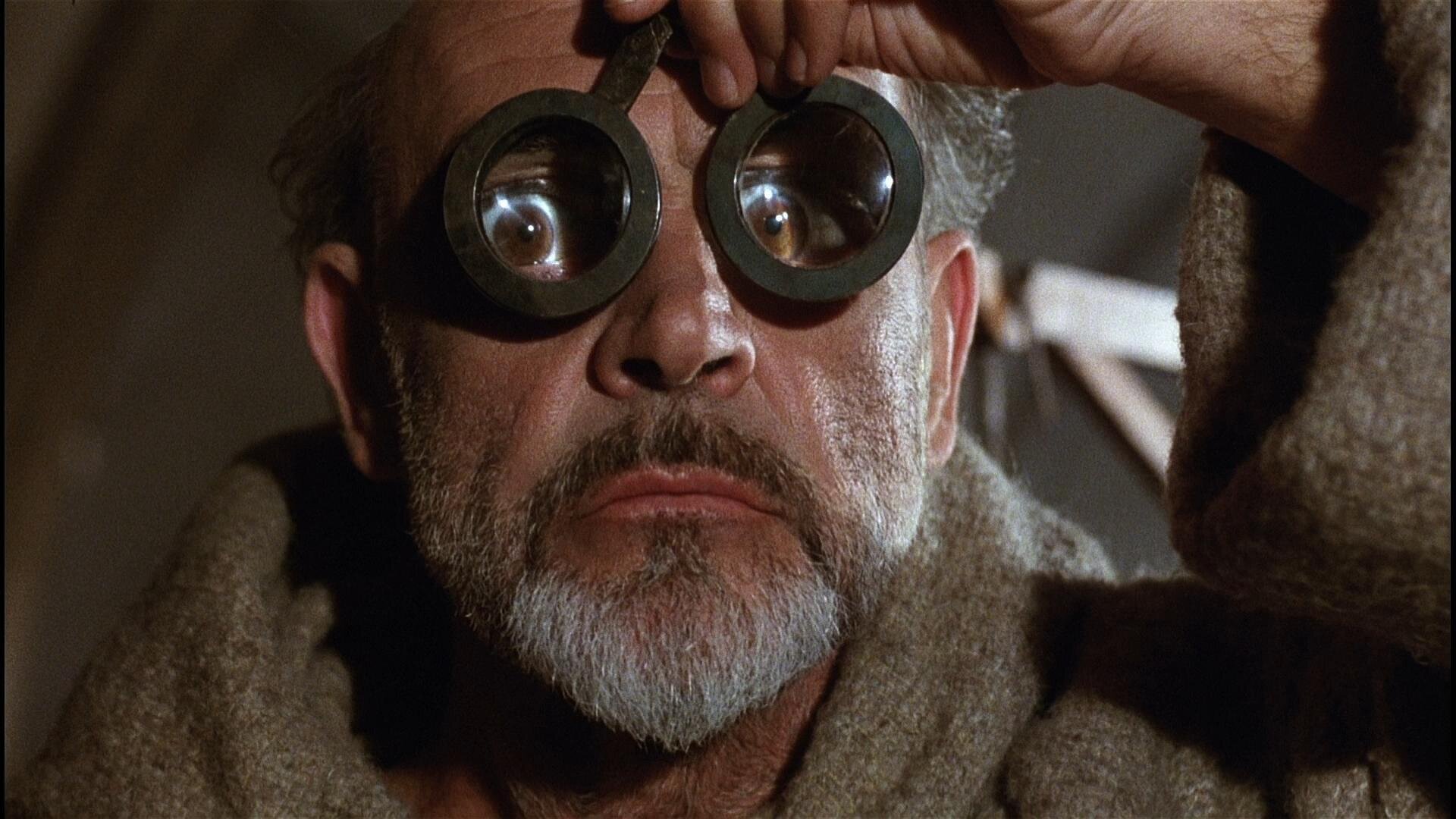
A guide to criteria and format for Cinefile reviews
Remember that I have not seen everything and therefore do not be disappointed if you find a title missing. I would be happy, though, were you to contact me with such omissions and will do my best to view and include them.
Title - Can be found either with the Search bar, which is a little temperamental, or by browsing the relevant category (first two letters). Articles (the, and, and their foreign equivalents) are to be ignored for this purpose, though not in the arrangement within categories: there Le rayon vert, for example, will appear before Rabbit-Proof Fence. Alphabetical order resets with each new word; thus, Man without a Star comes before Manhunter, while The Man Who Would Be King comes after both (M before T).
An Alternative title is given if there is one. The same entry can be viewed by submitting either title into the search engine.
An Image where possible is provided, sometimes more than one. I have tried to respect colour/black and white, although sometimes to find a quality image it has had to be the latter, and sometimes I have gone for poster artwork. The one unfortunate loss is that in going for a standard 16:9 format I have had to crop ‘Academy’ and widescreen images, for example, resulting in some low-ceiling compositions!
Rating - this is based on a four-star system, with no stars awarded for dreck. Essentially,
Zero stars shaded, betokens a film without any real points of interest for the movie scholar; watching it may yield the odd pleasure if you are a devotee of the genre, star or director, but missing it will almost certainly only mean missing their weakest work.
One star signals a film in which there is perhaps one good reason to see it - a performance, a script idea, a spirited bit of handling, a fine production - but which somehow falls short of distinction.
Two stars means a good film in all departments: everyone concerned can feel satisfied at a job well done, even if they haven't quite attained greatness.
Three stars suggests something original has certainly been achieved, and that the viewer might feel he is in the presence of art, and not just an efficiently wrought entertainment.
Four stars are reserved for the barely disputed masterpieces of the medium, films that mean a great deal to the culture they come from and have something magical to offer about what it is to be a human being.
Country of origin gives the country or countries of production rather than the language you can expect to hear. Countries are given in abbreviated form. Sweden is SV to distinguish from Switzerland (SW); ÖST is Austria, because of AUS (Australia).
Year is for the year of first release, usually the year in which the film was made, though not always. Some films are released in different territories over a period of anything up to 3 years, leading to a range of data in film guides for this element.
Next comes whatever Technical data are appropriate, beginning with col/bw, followed by aspect ratio and finally running time in minutes (or feet for early silents). For aspect ratio it is assumed that whatever obtained at the time as standard is the default, and so will not be given (e.g. silents and most early sound, 1.37:1; circa 1960 and after, American or European widescreen: 1.85:1 or 1.66:1). Generally speaking, films made before 1927 can be considered silent unless stated otherwise; 1927 and after can be considered 'sound' and will be marked 'silent' if not.
Director, or directors - speaks for itself, but in the case of TV Series, because so often different directors sign different episodes, you may find the Creator’s name given as ‘auteur’, which seems fair.
Cast - usually only the leading players are given, for brevity's sake.
Synopsis - this is my summary of the action and, while I generally try not to give away the ending, I cannot guarantee against spoilers!
Review - my review